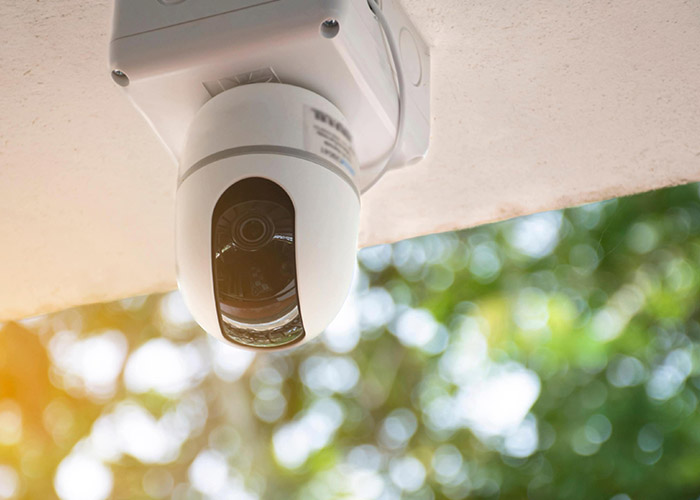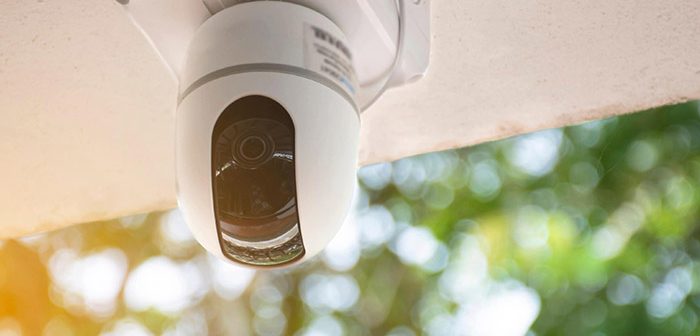
The leading global standardisation initiative for IP-based physical security products, ONVIF, now says that more than 30,000 product models in the USD120 billion global physical security market meet the ONVIF conformance requirements for interoperability.
This new milestone means that the number of ONVIF conformant, interoperable products has doubled in the last three years and tripled since 2018.
“The demand for open systems is growing exponentially as organisations increasingly prioritise interoperability and freedom of choice for their security systems and beyond,” said ONVIF Steering Committee Chairman Leo Levit. “The rapid growth rate in ONVIF conformant products exemplifies that market demand as well as to the work of our member companies that have established these successful specifications.”
Founded in 2008, ONVIF is a leading and well-recognised industry forum driving interoperability for IP-based physical security products. The organisation has a global member base of established camera, video management system and access control companies. ONVIF offers Profile S for streaming video; Profile G for video recording and storage; Profile C for physical access control; Profile A for broader access control configuration; Profile T for advanced video streaming; Profile M for metadata and events for analytics applications and Profile D for access control peripherals. ONVIF continues to work with its members to expand the number of IP interoperability solutions ONVIF conformant products can provide.
As a technical alliance, ONVIF creates specifications that provide standardised communication pathways for several security and surveillance industry use cases. Companies that are members of ONVIF contribute to committees and specialised working groups to create these specifications, and are currently working on new ONVIF standards, known as profiles, in the areas of cloud connectivity, IP audio and advanced metadata.
ONVIF membership is open to manufacturers, software developers, consultants, system integrators, end users, and other organisations looking to help shape the future of physical security technology.
Security system integrators and end users around the world now use products that conform to ONVIF interoperability standards to create security systems using best of breed components, regardless of manufacturer, to meet the specific needs of their organisations.





